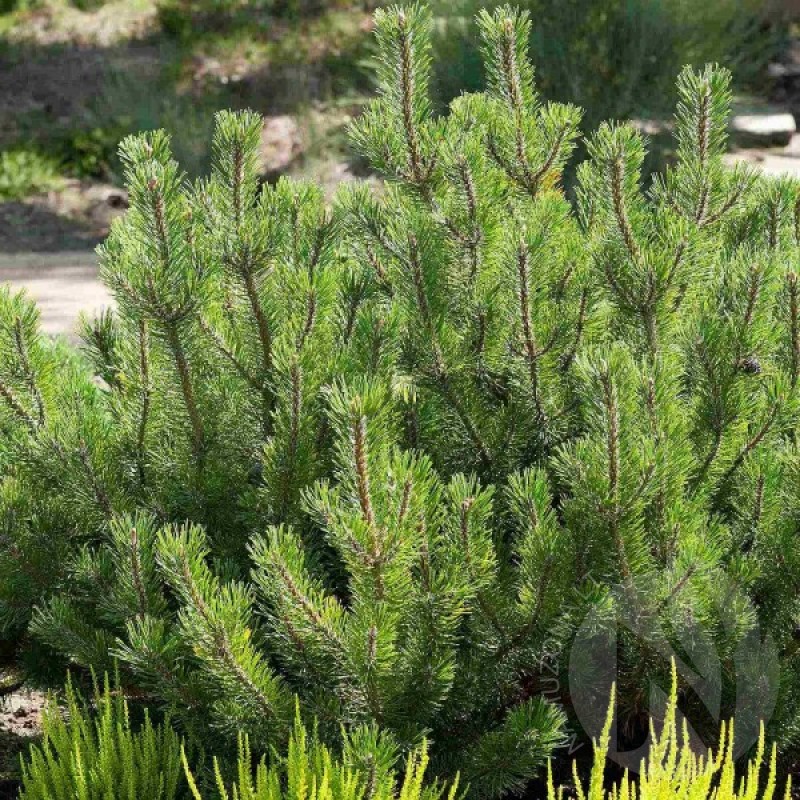
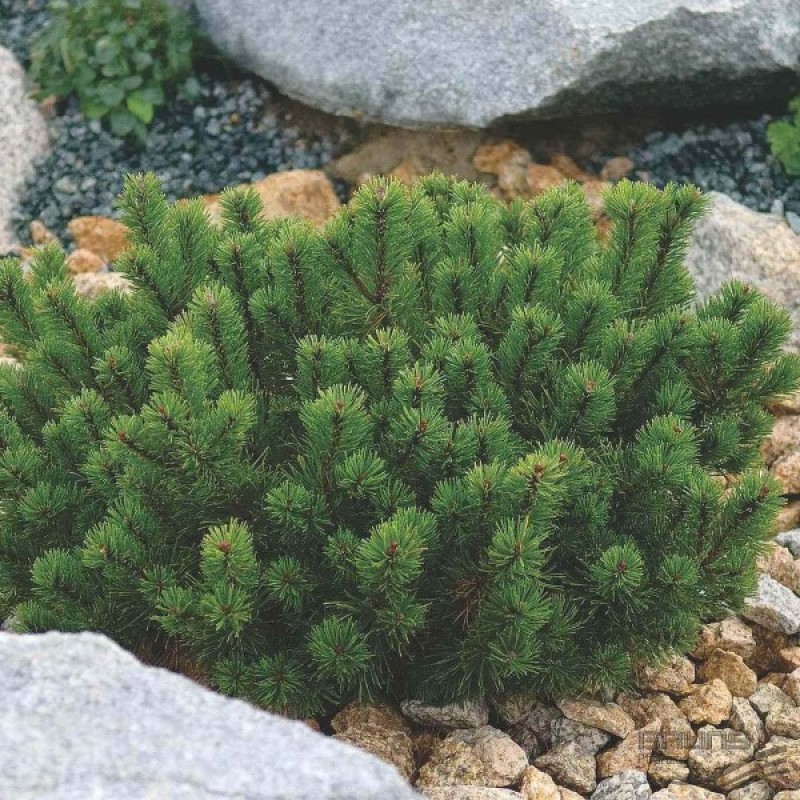
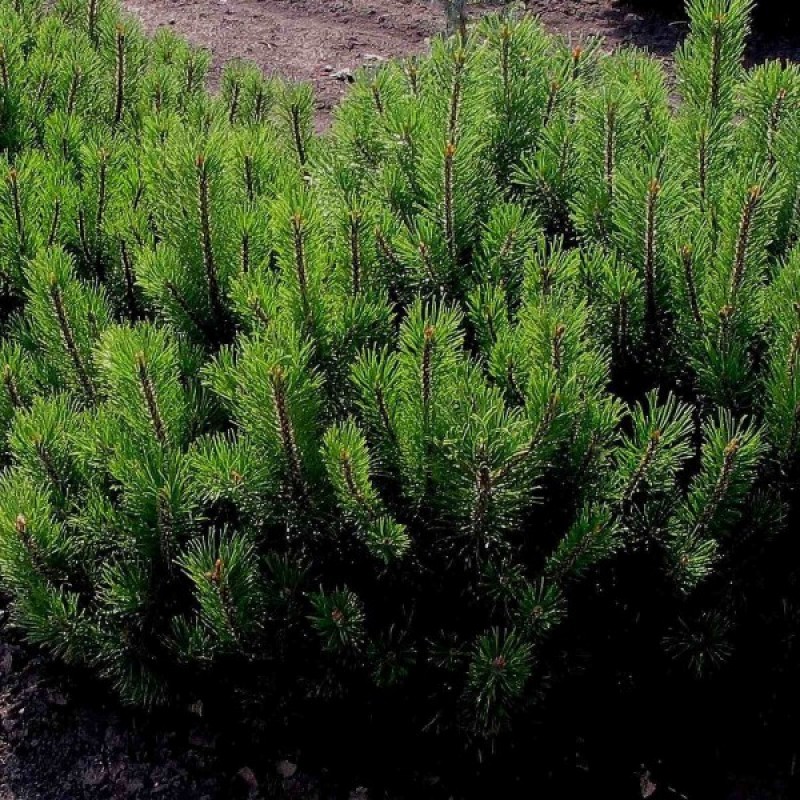
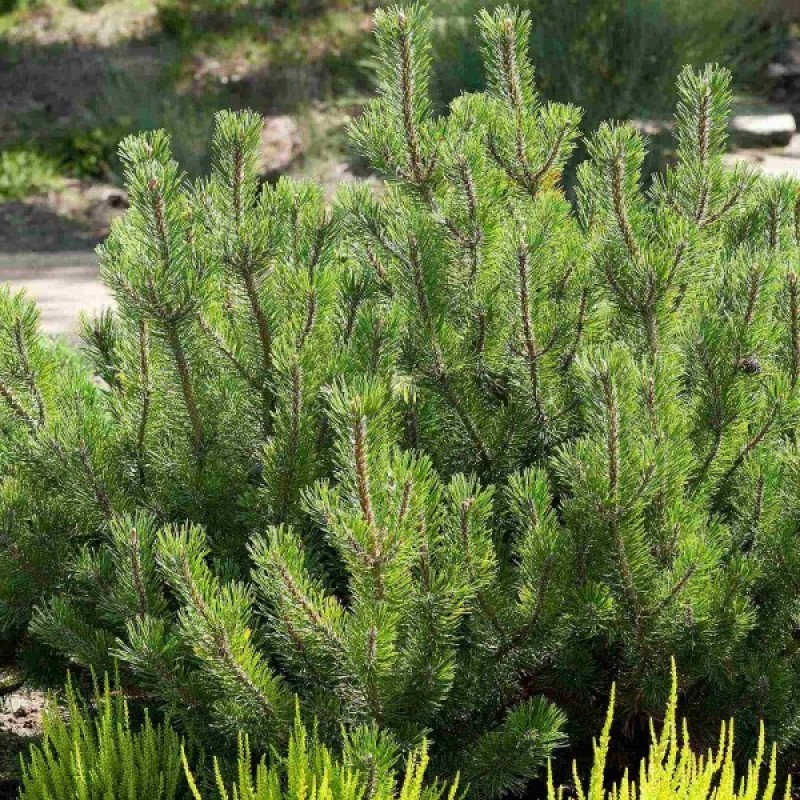
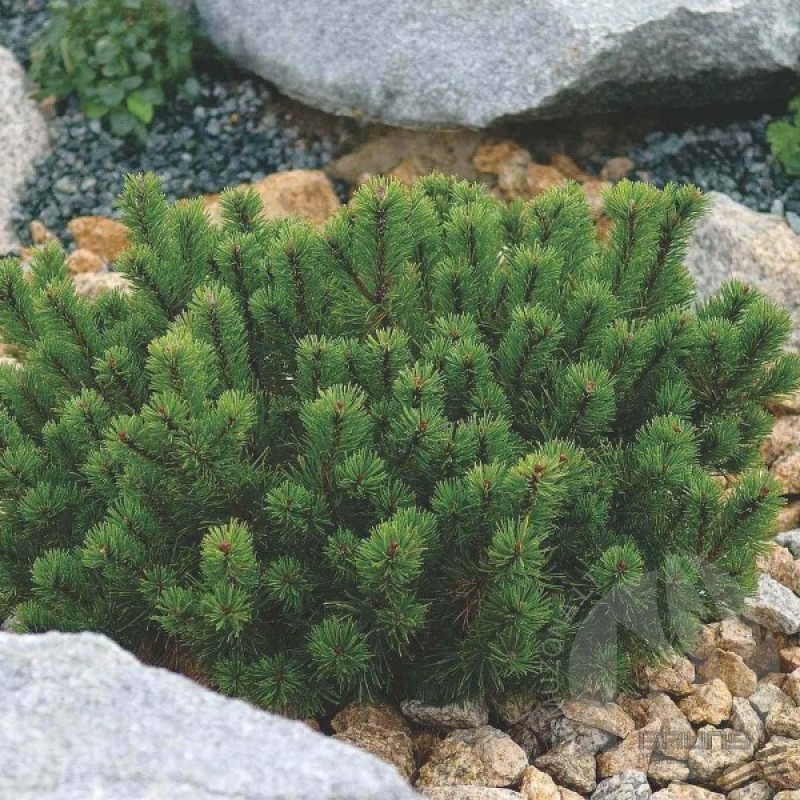
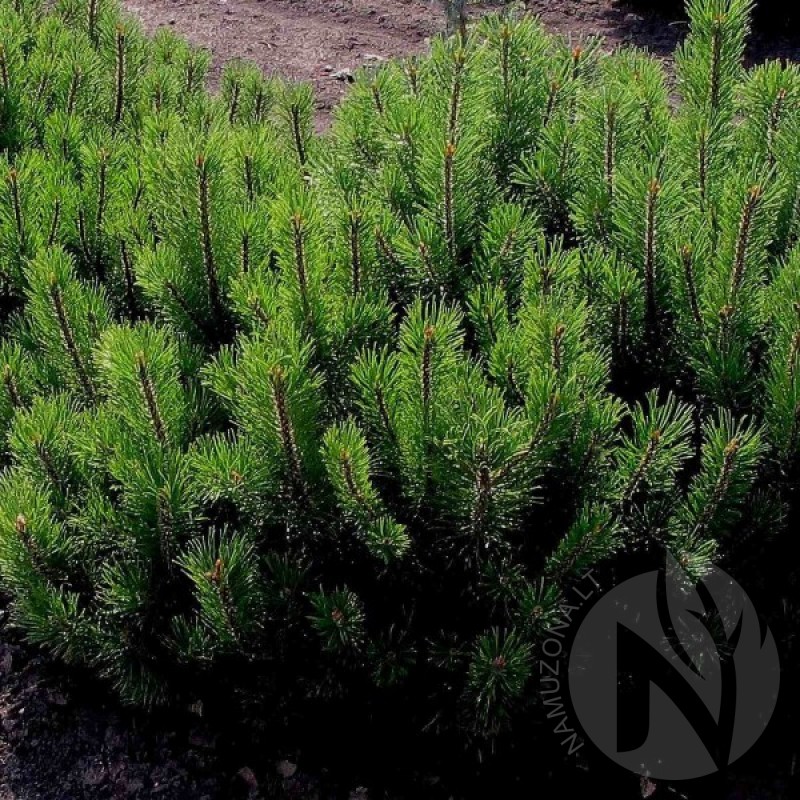
PAY ATTENTION!
All seeds (except SOLD OUT) are available for immediate shipping and will be dispatched within 1-2 business days.
INFORMATION NEEDED? PLEASE CONTACT US NOW!
Spreading its dark green foliage into low, billowy mounds, the Pumilio Group of mugho pine provides more compact plant selections that are a better fit for garden use. Mugho pine is a dense, broad, bushy, stiff-needled evergreen shrub native to the mountains of southcentral Europe and the Balkan Peninsula that produces cones. It is best known by its numerous dwarf selections and forms. The Pumilio Group comprises compact seedlings of mugho pine, which can vary significantly in size and habit and thus it is important to choose the appropriate cultivar for mature size and form.
Mugho pine is best planted in a full sun situation in an average to well-drained soil. It is relatively tolerant of lime and thus makes a great choice near concrete foundations or walkways. Amend heavy clay with organic matter. In spring, the tips of the new growth "candles" can be pruned away to prevent an increase in plant height. These are widely used in foundation plantings, Asian-style gardens, rock gardens, containers, and mixed borders.
Information source: http://learn2grow.com/plants/pinus-mugo-pumilio-group/
Genus - Pinus
Species - Mugo
Variety - Pumilio
Common name - Dwarf Mugho Pine
Pre-Treatment - Required, (30 days cold moist stratification)
Hardiness zones - 2 - 7
Plant type - Tree
Vegetation type - Evergreen
Exposure - Full Sun, Partial Sun
Growth rate - Slow
Soil PH - Acid, Neutral, Alkaline
Soil type - Loam, Sand, Well Drained
Water requirements - Average, drought tolerant
Landscape uses - Alpine, Container, Feature Plant, Foundation, Hedges, Mixed Border, Rock Garden, Topiary / Bonsai / Espalier
Leaf / Flower color - Green / --
GERMINATION INSTRUCTIONS
1. Place the seeds in a container with tepid water and soak them for 24 hours. Change the water and wait another 24 hours.
2. Put the seeds in a small plastic bag and cover with damp sand. Place the bag holding the seeds in the refrigerator for one to two months to stratify the seeds, which is preserving seeds in layers of moisture-laden peat, soil or sand. Check the sand and water as needed to maintain moisture. Don't allow the seeds to get soaked.
3. Fill small pots with compost. Place one or two pine seeds on top of the compost in each pot, then cover the seeds with a thin layer of sand.
4. Water the sand and compost to add moisture, then place the pots in a warm, sunny location. As the seedlings emerge and grow, the soil needs to remain moist, not wet.
5. Repot the pine trees into medium-sized pots in the fall. Grow them in the pots for the following season until they are large and strong enough for transplanting into the landscape.
5. Cut away dead stems in autumn, as is recommended for lavender by the American Horticultural Society. If you leave dead organic matter in your lavender garden over the wintertime, it hinders regrowth in the spring.
6. Dig up your lavender plants and move them to indoor pots if you anticipate winter temperatures reaching below 30 degrees F. After one growing season, your lavender seeds will have matured, but they will not return the next season if the temperature gets too cold.
Information source: eHow.com
No questions about this product.

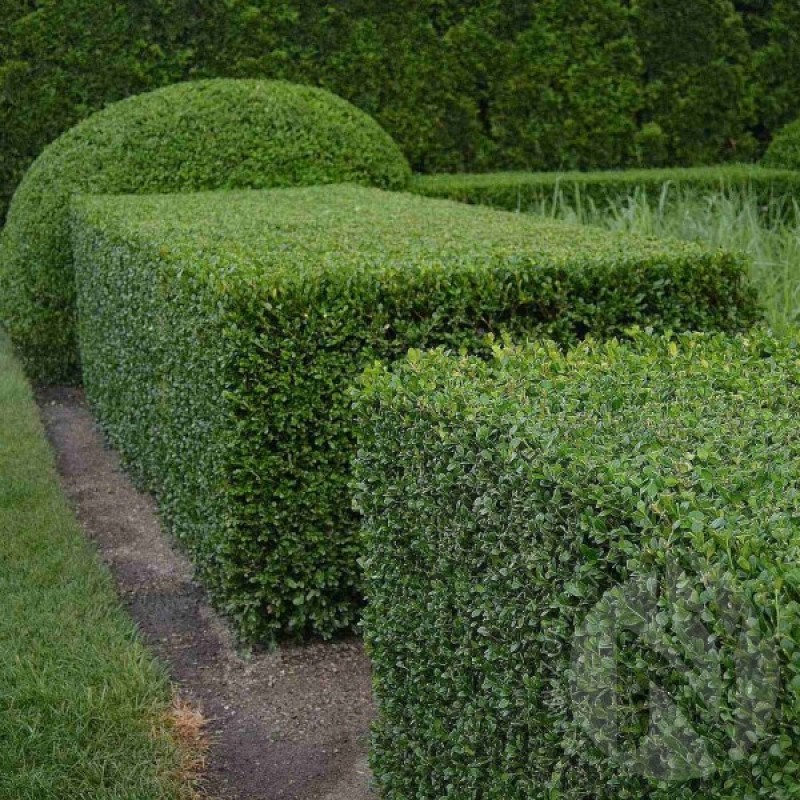
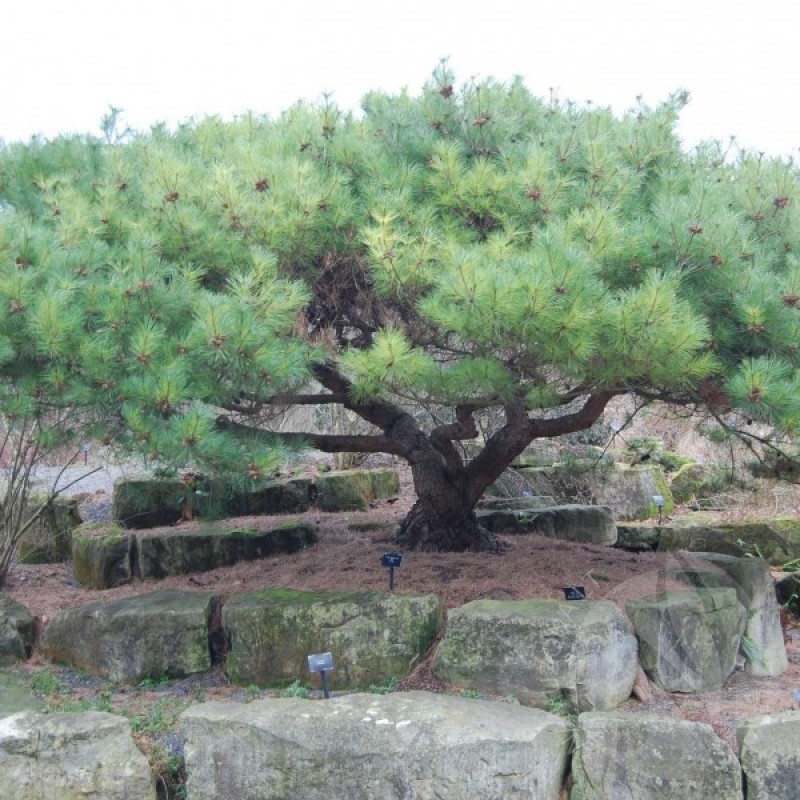
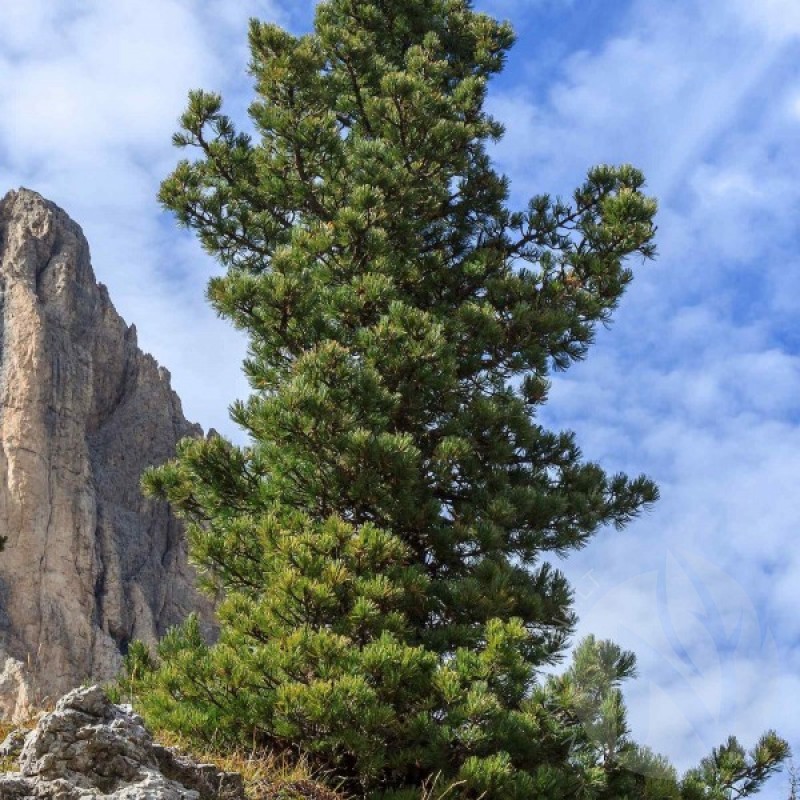
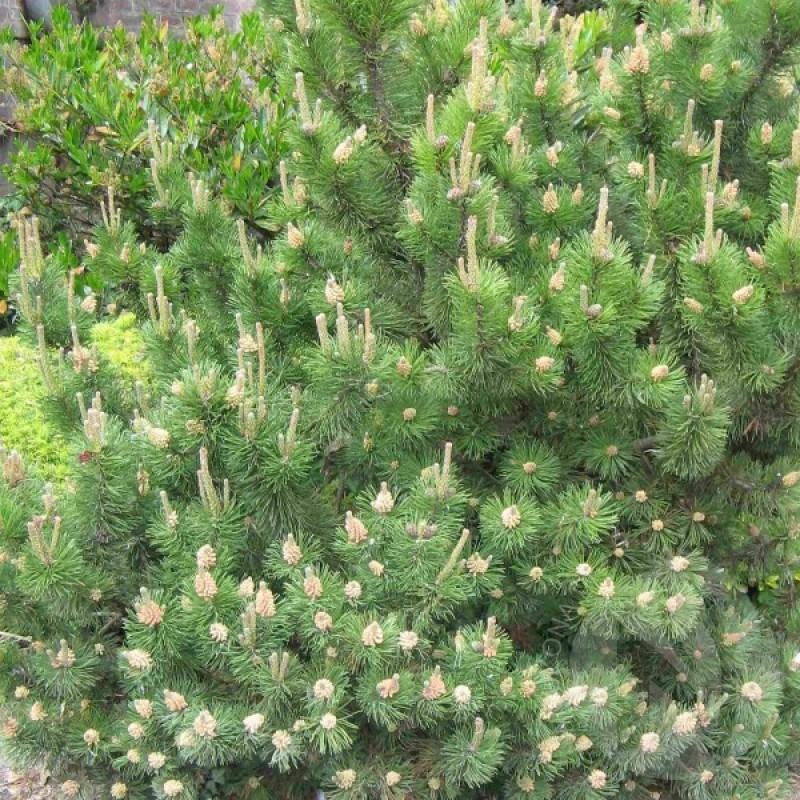







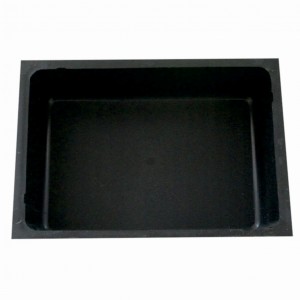


Esu labai patenkintas savo užsakymu. Geras bendravimas ir pakuotė. Pridėtos sėklų sėjos instrukcijos. Rekomenduoju.